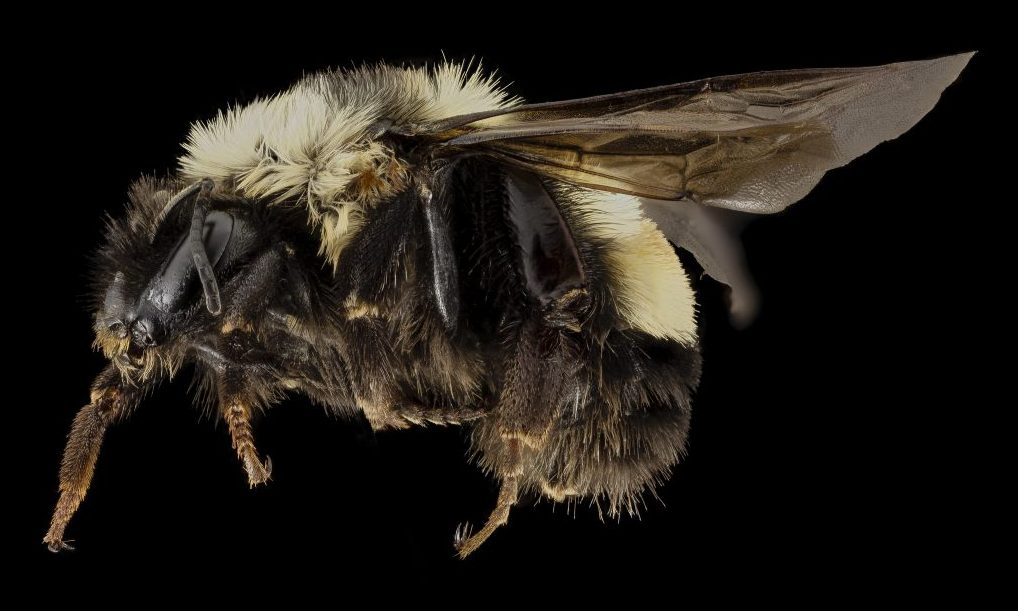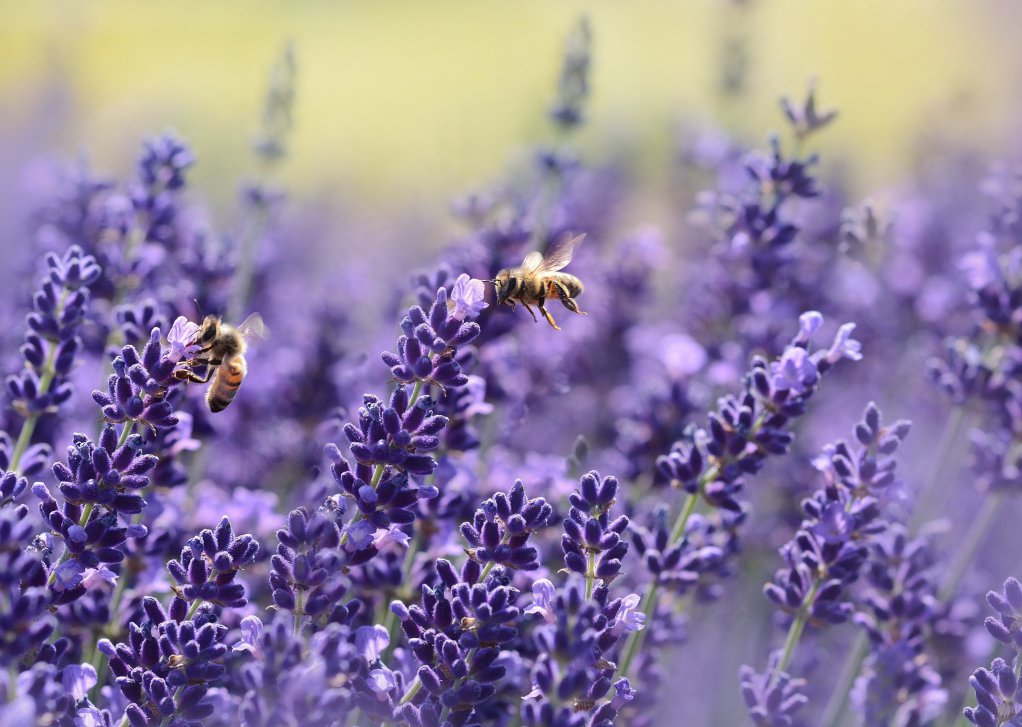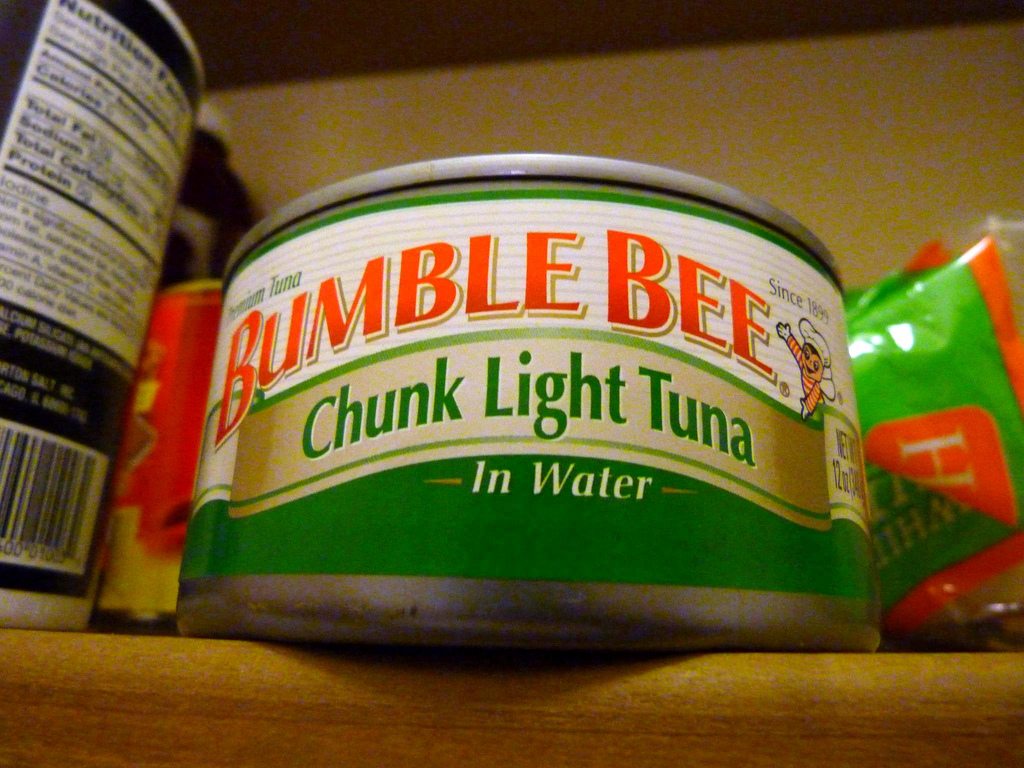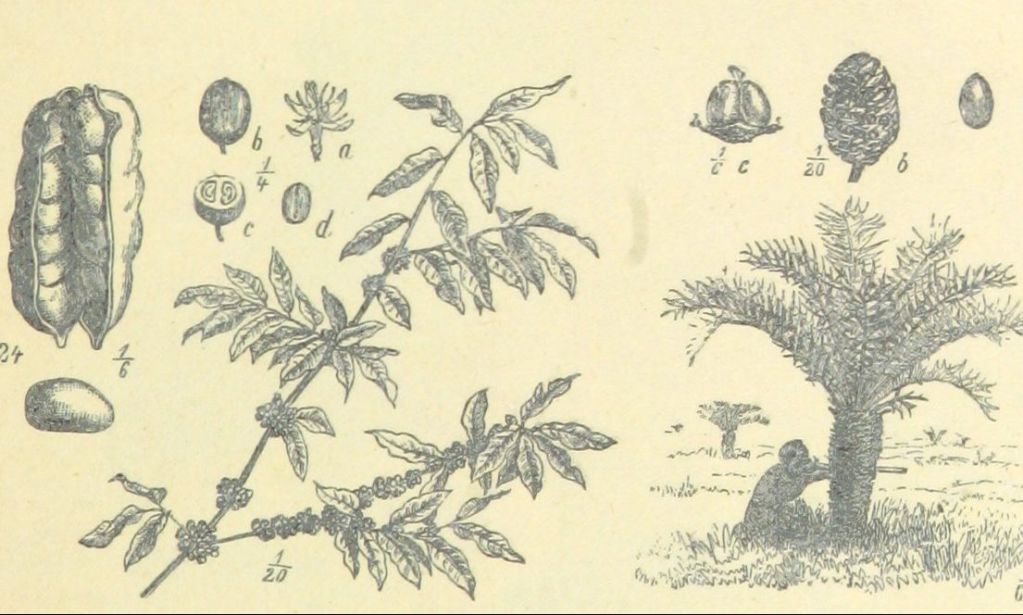On September 21st, the U.S. Fish and Wildlife Service (USFWS) officially proposed that the rusty patched bumble bee (Bombus affinis) be listed as endangered under the Endangered Species Act (ESA). It was the culmination of a long and rigorous petition process begun by The Xerces Society for Invertebrate Conservation in 2013.
Now USFWS wants public comment–the last step before it renders a final decision about whether to not to afford Bombus affinis the full protection possible under the ESA. There are just five days left to comment before the window closes.
Full protection would mean protecting the bumble bee and its habitats by making it unlawful for any person to “take” the bee—to harm, harass, kill, trap, capture, or collect—without permission. “Harm,” by definition, includes any act that might result in “significant habitat modification or degradation where it actually kills or injures wildlife by significantly impairing essential behavioral patterns, including breeding, feeding, or sheltering.” Federal agencies would be required to consult with USFWS before taking any action (or endorsing any action by others) that could harm B. affinis. The ESA also has provisions for working with states and private landowners to achieve the same end.
 Flickr/USGS Bee Inventory
Flickr/USGS Bee Inventory At the very latest, USFWS will post its final decision in the Federal Register by September 21 2017. But comments and input from the public must be “postmarked” by November 21, 2016, whether they are submitted through regulations.gov or by mail.
Tamara Smith is a biologist with USFWS and is working on the species status assessment for B. affinis in the Twin Cities field office in Minnesota. “Sadly, we’re at the point of preventing extinction,” she says. “We’re thinking about recovery for the long term.”
Research has shown that pollinators–predominantly bees–contribute up to 35 percent of the world’s food production. And in the United States, the value of crops directly dependent on pollinators has been estimated to be around $15 billion. According to a White House fact sheet on declining pollinator populations, bumble bees and other native bees (other than honey bees) provide more than $9 billion in benefits to American agriculture and crops.
Historically, the rusty patched bumble bee has been an important pollinator for several key crops in the Northeast: apples, cranberries, plums, alfalfa, and even onions for seed production. It’s a generalist forager, gathering pollen and nectar from a wide range of plants, and in turn, benefiting an equally wide range. Like other bumble bees, the rusty patched will fly in cooler temperatures and lower levels of light than other bees. This allows them to work longer days and under a wider variety of weather conditions. They also “buzz pollinate,” meaning they grab onto a flower and vibrate it with their wings, which shakes free pollen that might otherwise remain trapped and ineffective. This is particularly beneficial for tomatoes and peppers. B. affinis (and other native bumble bees) might very well be irreplaceable when it comes to their role in keeping certain foods on our tables.
Smith concurs: “Every time you’re eating a tomato, chances are it was pollinated by bumble bees.”
 Xerces Society
Xerces Society The range of the Bombus affinis
The rusty patched bumble bee is one of the most well-studied bees in North America. It’s a common specimen in insect collections maintained by the American Museum of Natural History, Canadian National Collection, University of Connecticut, Cornell University, Rutgers University, Vermont State Bee Database and other institutions across the Northeast. Some of these collections have been in existence for nearly 150 years. Through comparing current field results with the specimens in these various drawers, we’ve come to know B. affinis is in serious decline.
The first quantitative look at the bumble bee population in North America was published in 2008 by researchers at York University in Toronto. Researchers there used B. affinis as their focus species and found that “this previously widespread and common species has undergone drastic decline and has likely been extirpated throughout much of its range.” Additional work published just a few years later by completely different teams of investigators found that the rusty patched bumble bee population has declined by 87 percent, and that the population collapse has been “rapid and recent.” Follow-up work by the original Toronto team found that the decline occurred “most precipitously” sometime between 1991 and 2009.
But for all the indications that B. affinis is declining, we still don’t know exactly why.
 Sarina Jepsen
Sarina Jepsen The reasons for the decline of Bombus affinis populations remain a mystery
Sarina Jepsen, director of endangered species and aquatic programs for the Xerces Society, was part of the team that created the original petition.
“The consensus within the research community is that the pathogen Nosema bombi—probably from managed bumble bees—caused the initial decline of this species,” she says. “Now that the bee’s populations are so small, the widespread use of neonicotinoids is currently a major threat to the survival of the species.”
Nosema bombi is a parasite that infects the midgut and sometimes other tissues of the bee. It impacts bee colony health by diminishing the reproductive performance of bees and reducing the survival rate of workers. Recent research has shown that N. bombi is present at much higher rates in declining species of bumble bees (like B. affinis) than in stable bumble bee species. And this infection rate increased noticeably in the mid 1990s. There are two possible explanations for the rise: increased infection by a strain of the parasite that is native to North America or introduction of a strain from Europe through bee colony sharing. While current research specifically rejects the European invasion hypothesis, the investigators also say more work is needed to tease this out.
Neonicotinoids, meanwhile, are the most widely used class of insecticides in the world. They attack an insect’s central nervous system, causing paralysis and death. Whether sprayed on foliage, drenched in the soil, or applied as seed treatments, these systemic insecticides become present in every part of the plant–including the pollen and nectar. They have been found to spread to neighboring flowers, seep into water sources, and persist in the soil.
Habitat loss is also a major contributing factor to decline, certainly through expanded urban development and increasingly intensified agriculture, but also as a result of the changing global climate. A recent study out of the University of Ottowa suggests that climate change contributes “distinctively, and consistently, to accumulating range compression among bumble bee species across continents.” In other words, bumble bees (the rusty patch was one species this study looked at) may be getting crushed in a “climate vice.” As the southern boundaries of their habitat move further north with warming temperatures, the bees don’t migrate in kind.
“The decline of B. affinis is a serious mystery and we just can’t say reliably why that species in particular has declined when there are several other bumble bee species in the same places that have not,” says Jeremy Kerr, a conservation professor in the department of biology at the University of Ottawa, and the study’s lead author. “Perhaps climate is part of the answer, given this bee’s tendency to emerge very early each year, when weather is more and more variable.”
 Graphic by Matt Kelly
Graphic by Matt Kelly
When considering whether or not to list a species as endangered and protect it, USFWS considers five factors in its evaluation:
- • Damage to or destruction of habitat
- • Overutilization of a species for commercial, recreational, scientific, or educational purposes
- • Disease or predation
- • Inadequacy of existing protection
- • Other natural or manmade factors that affect the continued existence of a species
• This is precisely the sort of information that the USFWS is hoping to get from the public during this final comment period.
“What we’re really looking for is more substantive information about biology, range, and trends,” says Smith. “Things like habitat destruction, diseases that people might know about, predators, other natural or man-made factors like that.”
Sounds like a pretty specific body of information that would seem to exclude the sort of input most of the public could provide. But consider for a moment how other non-scientists have already made their voices heard about the proposal:
“I have lived in Orono Maine for over 25 years and I live in a rural area. Over the past 10 years I have noticed the steady decline in the number of wild bumblebees,” says one commenter. “Even with increased planting of wild flowers and other efforts to encourage wild bumble bees they have barely seemed to survived in my area.”
“The rusty patched bumblebee is in desperate need to be recognized as endangered by the Endangered Species Act. B. affinis has already been listed as a Schedule 1 endangered species on the Species at Risk Act in 2012,” says another commenter, who then goes on to cite specific information he has read.
“Over the past several years colleagues and I have interviewed the leading biologists who work on bumble bee decline in North America,” says Clay Bolt, whose interviews have resulted in several short films on this topic, including A Ghost in the Making. “After countless hours in conversation with experts, reviewing museum collections, and searching for the species in the field I can come to no other conclusion but that there is ample evidence that this species is in a very dire circumstance…”
 Rich Hatfield
Rich Hatfield The public comment deadline on the proposal to classify these bees as endangered species ends on November 21
Perhaps the most important action that the average non-scientist can take is to simply observe and report.
Bumble Bee Watch is a citizen science-based effort to track and conserve the bumble bees of North America. It’s a collaborative project made possible through the partnership of The Xerces Society, University of Ottawa, Wildlife Preservation of Canada, BeeSpotter, Natural History Museum, London, and Montreal Insectarium. Volunteers capture photos of a bumble bee, upload them to the Bumble Bee Watch website with location and time stamps, and then use the online database to identify the bee they photographed. Bee experts then confirm or adjust the identification. Information from the general public helps track bee populations around North America and could even confirm populations of rare species before they go extinct.
“A lot of these records go to the Fish and Wildlife Service,” says Smith.
Public participation from citizen observers can–and likely will–tip the scales in favor of recovery or extinction for this bumble bee. Five days and counting.











